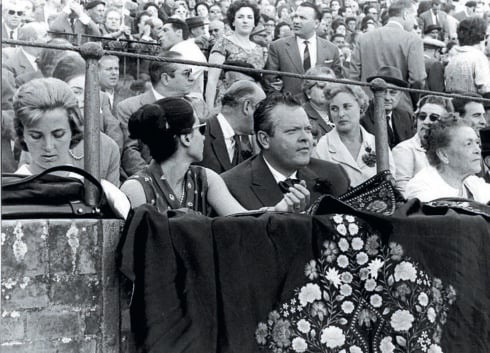HUMAN and animal remains dating back 26,000 years have been discovered during the construction of a €1 billion housing development in the Mendez Alvaro district of Madrid.
Items were discovered from the Pleistocene settlement last year including ancient footprints and the subsoil of the area which was declared a BIC- Asset of Cultural Interest.
Archaeologists started working on a 2,000 m2 area in March and they are coming to the end of their time before the building project can resumes
READ MORE:
- Stunning ancient mosaic of Medusa uncovered by archaeologists in western Spain
- Ancient art dating back 24,000 years discovered in Valencia’s Cova Dones cave system

26,000 years ago, the so-called ‘paleo-relief’ of the area saw the confluence of several rivers including the Arroyo Carcabon, next to which the site is located, and the Arroyo Abroñigal, – above which the M-30 ring road was built.
Both are tributaries of the Manzanares, an area where animals came to drink, along with human settlers.
Archaeologists have found human footprints and various stone artifacts, as well as footprints of herbivores and a rhinoceros.
One of the excavation heads, Pilar Oñate, said it was a unique settlement.
“Something like this was not known about in the centre of the Iberian Peninsula, but previously only on the Cantabrian coast and generally in cave areas and shelters, rather than being in the open air.”
At least 30 people have worked together to gather as much as they can in a limited time including two geologists, 10 technicians, palaeontologists, and restorers.
They even used a drone to take photographs including 3-D images of the site.
“Maybe Madrid City Council should have thought about leaving the plot as an archaeological reserve to investigate further in the future,” said Oñate’s colleague, Juan Sanguino.
The two archaeologists will write a report warning that looking further ahead, a playground right in front of the development site could almost certainly have as many unique remains that have been documented this year.
Click here to read more La Cultura News from The Olive Press.








